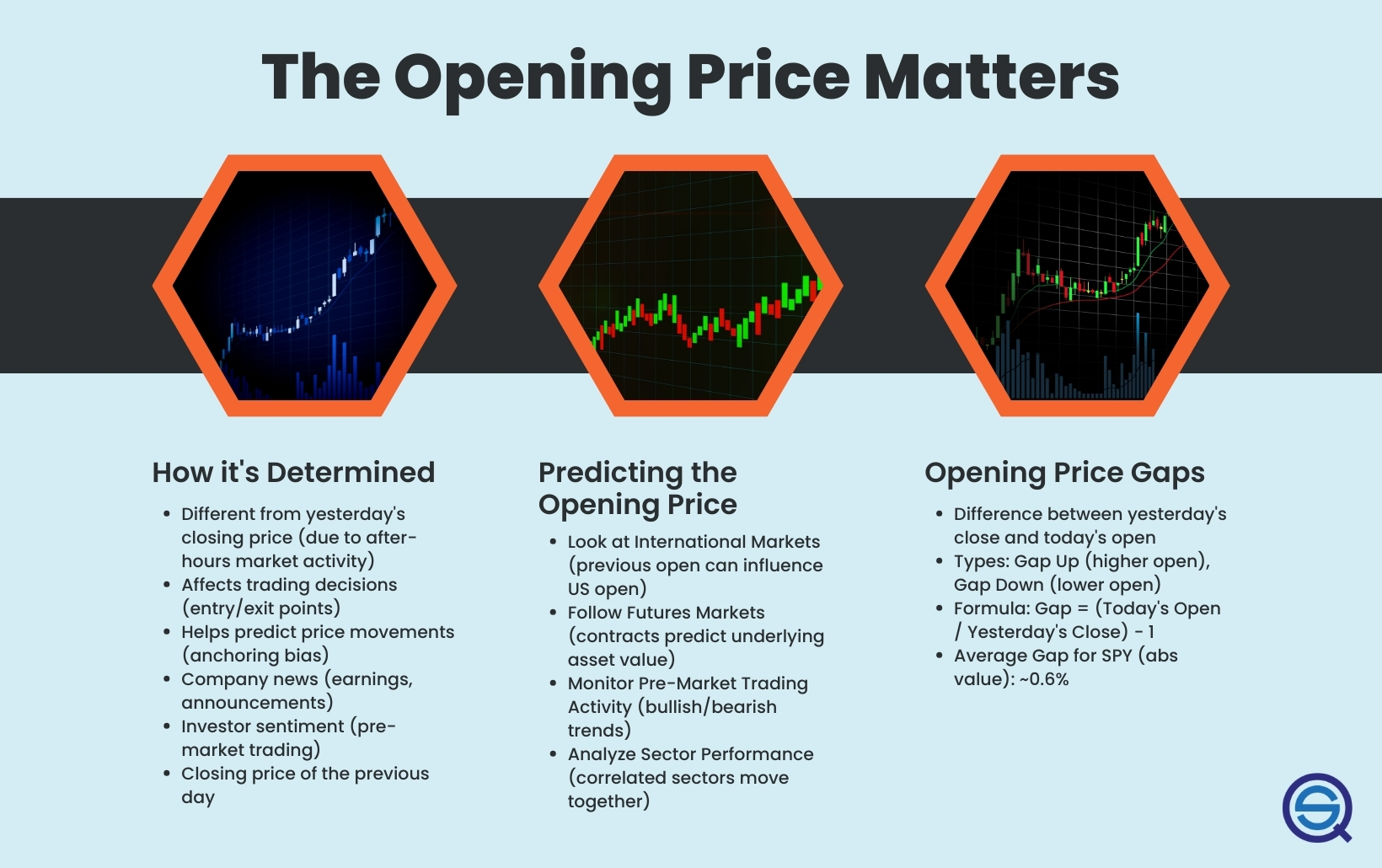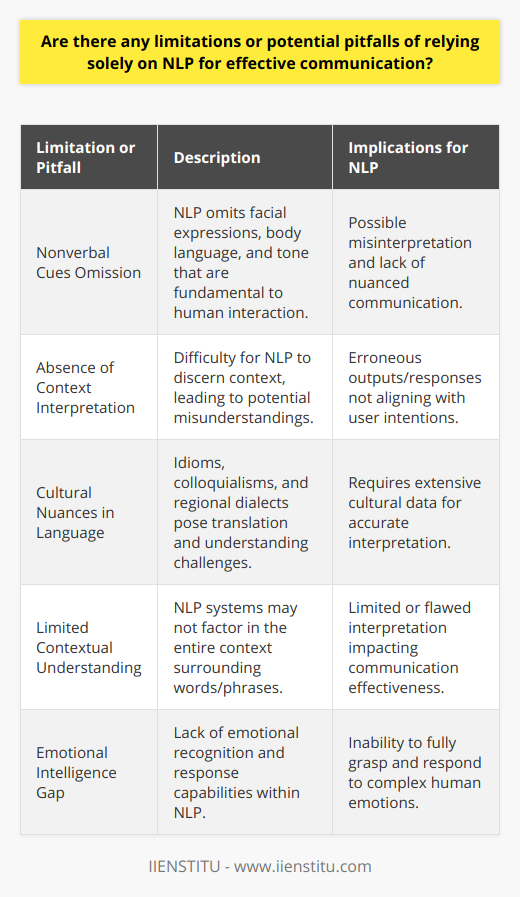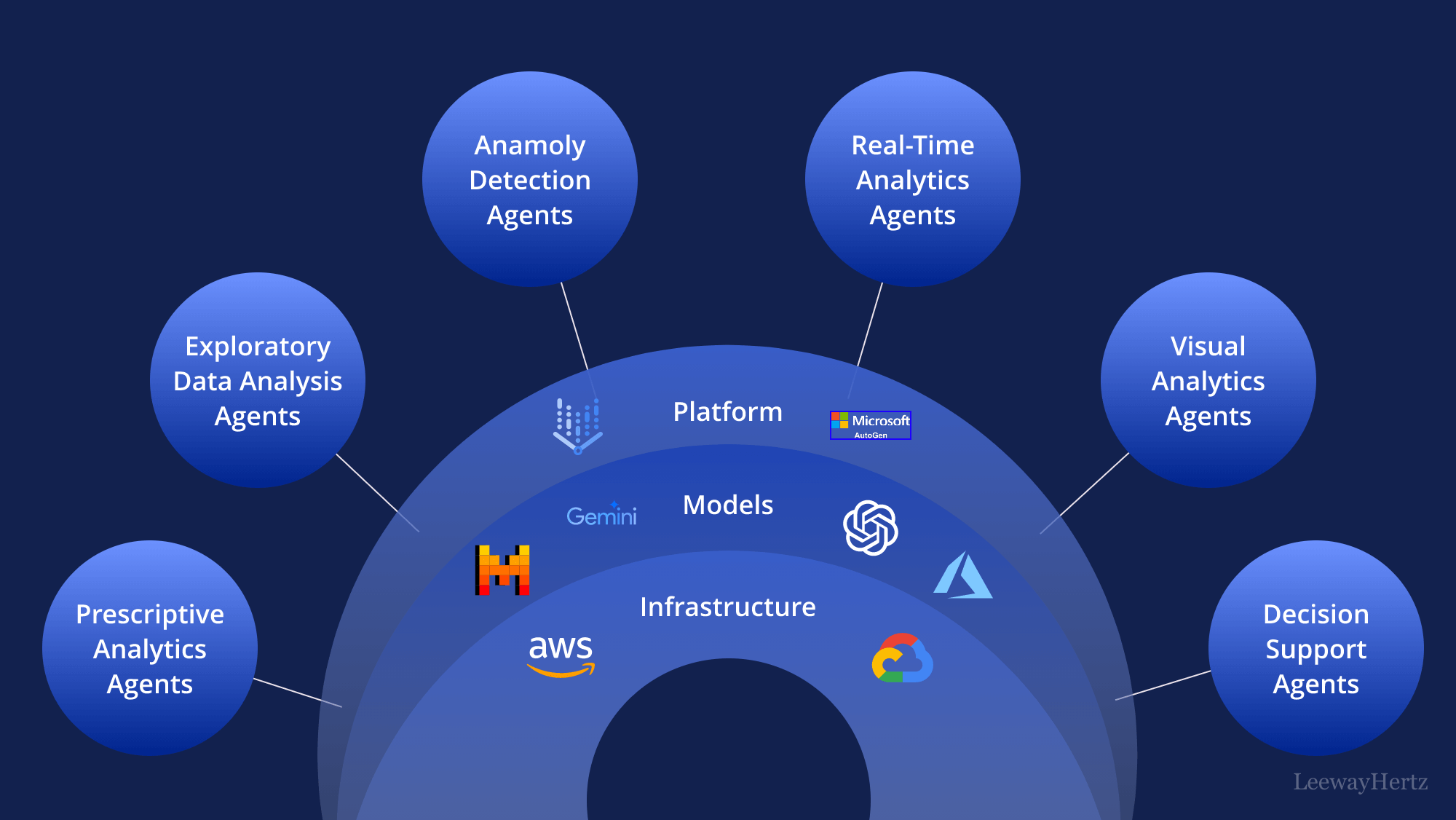Did you know that even the most seasoned traders can misinterpret a simple tweet? In the world of day trading, sentiment analysis is a powerful tool, but it's easy to stumble into common pitfalls. This article uncovers the most frequent mistakes traders make when analyzing market sentiment and the impact of poor analysis on trading decisions. We’ll explore how to utilize tools effectively, avoid biases, and leverage social media insights, while highlighting the risks of emotional trading and the dangers of sole reliance on sentiment. Additionally, we’ll discuss best practices for interpreting sentiment data and how historical trends can enhance your trading performance. Join us as we navigate the complexities of sentiment analysis and its critical role in successful day trading, brought to you by DayTradingBusiness.
What are the most common mistakes in day trading sentiment analysis?
1. Overreliance on Social Media: Traders often focus too much on social media sentiment, which can be misleading and driven by hype.
2. Ignoring Market Context: Failing to consider broader market trends or economic indicators can skew sentiment analysis results.
3. Confirmation Bias: Traders may only seek out information that supports their existing views, ignoring contradictory data.
4. Misinterpreting Data: Relying on sentiment indicators without understanding their implications can lead to poor trading decisions.
5. Timing Issues: Acting on sentiment signals too late or too early can result in missed opportunities or losses.
6. Lack of Diversification: Focusing on a single sentiment source can lead to a narrow view and increased risk.
7. Emotional Trading: Allowing personal emotions to influence decisions, rather than sticking to sentiment analysis, can lead to mistakes.
How does poor sentiment analysis affect day trading decisions?
Poor sentiment analysis can lead to misguided trading decisions in day trading by misinterpreting market mood. If traders rely on inaccurate sentiment data, they might enter or exit positions too late, resulting in losses. For instance, misreading bullish sentiment as bearish can cause missed opportunities or unnecessary sell-offs. Additionally, ignoring negative sentiment during a market downturn can lead to significant financial loss. Overall, flawed sentiment analysis distorts a trader's understanding of market dynamics, leading to poor timing and execution.
What tools can help improve sentiment analysis in day trading?
To improve sentiment analysis in day trading, use tools like:
1. Twitter Sentiment Analysis Tools: Platforms like StockTwits and TrendSpider analyze tweets to gauge market sentiment.
2. News Aggregators: Tools such as Feedly or Google News can track financial news headlines impacting stock sentiment.
3. Sentiment Analysis APIs: Services like Aylien or Lexalytics provide data on public sentiment from various sources.
4. Market Sentiment Indicators: Utilize indicators like the Fear & Greed Index to assess overall market sentiment.
5. Social Media Analytics: Tools like Hootsuite or Sprout Social help monitor social media sentiment around specific stocks.
Avoid common mistakes by ensuring data accuracy, filtering out noise, and integrating multiple sources for a comprehensive view.
How can traders avoid biases in sentiment analysis?
Traders can avoid biases in sentiment analysis by relying on multiple data sources, such as news, social media, and market indicators, to get a well-rounded view. They should also establish clear criteria for interpreting sentiment, using quantitative metrics instead of gut feelings. Regularly reviewing past trades for bias can help identify patterns and improve objectivity. Additionally, using tools that aggregate sentiment data can reduce individual bias. Finally, maintaining a disciplined trading plan that prioritizes logic over emotion is crucial.
What role does social media play in day trading sentiment?
Social media significantly influences day trading sentiment by shaping trader perceptions and reactions. Traders often look to platforms like Twitter and Reddit for real-time updates, news, and trends, which can lead to rapid market movements. Positive or negative posts can create herd behavior, prompting traders to buy or sell based on sentiment rather than fundamentals. This emotional trading can cause volatility and lead to common mistakes, such as overreacting to hype or fear. Ignoring the noise and focusing on solid analysis can help mitigate these risks.
How can misinterpreting sentiment lead to trading losses?
Misinterpreting sentiment can lead to trading losses by causing you to buy or sell based on inaccurate emotional signals from the market. For instance, if you misread positive sentiment as negative, you might sell prematurely, missing out on gains. Conversely, mistaking negative sentiment for positive can lead to holding losing positions too long. Additionally, overreacting to fleeting news or social media trends can result in impulsive trades that don't align with actual market conditions. This misalignment can erode your capital and skew your trading strategy.
What are the best practices for conducting sentiment analysis?
1. Use Reliable Data Sources: Rely on high-quality, relevant data from trusted platforms to avoid noise in sentiment signals.
2. Understand Context: Analyze the context behind sentiments. Market events, news, and social media trends can skew perceptions.
3. Avoid Overreacting to Short-term Fluctuations: Focus on broader trends rather than reacting to every small sentiment shift.
4. Incorporate Multiple Sentiment Indicators: Combine various tools like social media sentiment, news sentiment, and volume analysis for a comprehensive view.
5. Backtest Your Approach: Validate your sentiment analysis methods with historical data to ensure effectiveness before applying them in real-time trading.
6. Stay Objective: Don’t let personal biases influence your interpretation of sentiment. Stick to data-driven insights.
7. Monitor Market Conditions: Recognize that sentiment can be influenced by overall market volatility, which can distort individual asset analysis.
8. Regularly Update Your Models: Adapt your sentiment analysis techniques to reflect changing market dynamics and evolving trader behavior.
How does market news influence sentiment in day trading?

Market news directly influences sentiment in day trading by shaping traders' perceptions and decisions. Positive news can boost confidence, leading to buying pressure, while negative news can create fear, prompting sell-offs. Traders often react quickly to headlines, which can cause volatility. Failing to accurately interpret this news or overreacting to it can lead to common mistakes, such as chasing trends or making impulsive trades. Staying grounded and analyzing news context is crucial for effective sentiment analysis in day trading.
What indicators signal a shift in market sentiment?
Indicators that signal a shift in market sentiment include changes in trading volume, significant price movements, and shifts in technical indicators like RSI or MACD. Look for news events that spark volatility, unusual options activity, and social media sentiment spikes. Additionally, watch for divergences between price action and momentum indicators, which can indicate underlying changes in trader psychology.
How can traders effectively use sentiment data for decision-making?
Traders can effectively use sentiment data for decision-making by avoiding these common mistakes:
1. Ignoring Context: Always consider market conditions. High sentiment in a bear market can be misleading.
2. Overreacting to Short-Term Changes: Focus on long-term trends in sentiment rather than daily fluctuations.
3. Neglecting Other Indicators: Combine sentiment data with technical and fundamental analysis for a more balanced view.
4. Confirmation Bias: Don’t just seek sentiment that supports your existing beliefs; challenge your views with opposing data.
5. Misinterpreting Data Sources: Ensure the sentiment data comes from reliable, relevant sources to avoid misinformation.
By sidestepping these pitfalls, traders can leverage sentiment data more effectively in their strategies.
Learn about How to Use Sentiment Data to Improve Day Trading Performance
What are the pitfalls of relying solely on sentiment analysis?

Relying solely on sentiment analysis in day trading can lead to several pitfalls. First, it often oversimplifies complex market dynamics, missing critical data like price action and volume. Second, sentiment can be misleading; a positive sentiment might precede a downturn. Third, it may not account for market manipulation, where fake news or coordinated efforts skew sentiment indicators. Fourth, timing is crucial; sentiment can shift rapidly, and traders may miss the right entry or exit points. Lastly, overconfidence in sentiment tools can result in ignoring other essential analysis methods, ultimately leading to poor trading decisions.
How can emotional trading impact sentiment analysis outcomes?
Emotional trading can skew sentiment analysis outcomes by introducing bias. When traders act on fear or greed, it distorts market sentiment, leading to misleading data. For example, excessive optimism can inflate bullish signals, while panic selling may trigger false bearish indicators. This disconnect can cause analysts to misinterpret actual market conditions, resulting in poor trading decisions. Keeping emotions in check is crucial for accurate sentiment analysis.
Learn about How to Build a Sentiment Analysis Dashboard for Day Trading
What strategies can minimize errors in sentiment interpretation?

To minimize errors in sentiment interpretation during day trading, focus on these strategies:
1. Use Multiple Sources: Cross-reference sentiment from news, social media, and financial reports to get a well-rounded view.
2. Analyze Context: Consider the context behind sentiment indicators. A positive tweet might not hold the same weight if it follows negative news.
3. Identify Trends: Look for patterns over time instead of reacting to isolated sentiments. This helps distinguish between noise and genuine sentiment shifts.
4. Employ Sentiment Tools: Use sentiment analysis tools and algorithms that can process large datasets quickly, providing more accurate readings.
5. Stay Updated: Keep abreast of market-moving events or changes in news cycles that can influence sentiment.
6. Limit Emotional Bias: Stick to your trading plan and avoid letting personal feelings cloud your judgment when interpreting sentiment.
By implementing these strategies, you can enhance your accuracy in sentiment interpretation and reduce trading errors.
How do different market conditions affect sentiment analysis?
Different market conditions can significantly impact sentiment analysis in day trading. In bullish markets, traders may exhibit more optimism, leading to increased positive sentiment. Conversely, bearish markets often foster fear and pessimism, skewing sentiment negatively.
Additionally, during high volatility, emotions can amplify, resulting in erratic sentiment signals that may mislead traders. In contrast, stable markets tend to produce clearer sentiment trends. Overlooking these conditions can lead to common mistakes like misinterpreting signals or overreacting to temporary fluctuations. Understanding the context is crucial for accurate sentiment analysis in day trading.
Learn about How Market Conditions Affect HFT Strategies
How can historical sentiment data improve trading performance?
Historical sentiment data can improve trading performance by identifying patterns in market psychology. Traders can analyze past sentiment trends to predict future price movements, allowing for more informed decisions. Common mistakes include over-relying on sentiment without considering other indicators and failing to account for context, such as major news events. Balancing sentiment analysis with technical and fundamental factors enhances accuracy and reduces risk.
Learn about How to Use Sentiment Data to Improve Day Trading Performance
What is the relationship between sentiment and price action in day trading?
In day trading, sentiment directly influences price action. Trader emotions, news reactions, and market psychology can drive prices up or down. A positive sentiment often leads to buying pressure, while negative sentiment can trigger sell-offs.
Common mistakes include ignoring market sentiment, relying solely on technical indicators, and failing to adapt to sudden sentiment shifts. Traders should assess news, social media, and overall market mood to align their strategies with prevailing sentiment for better price action predictions.
Conclusion about Common Mistakes in Day Trading Sentiment Analysis
In summary, effective sentiment analysis is crucial for successful day trading. By recognizing common mistakes and avoiding biases, traders can enhance their decision-making process. Utilizing the right tools, staying informed about market news, and understanding the emotional aspects of trading are essential strategies. For those looking to refine their approach, DayTradingBusiness offers valuable insights and resources to improve sentiment analysis and overall trading performance.
Learn about Common Mistakes in Day Trading Pattern Analysis
Sources:
- A picture is worth a thousand words: Measuring investor sentiment ...
- Transforming sentiment analysis in the financial domain with ChatGPT
- The Round-the-Clock Market for U.S. Treasury Securities
- News-based supervised sentiment analysis for prediction of futures ...
- Opinion Paper: “So what if ChatGPT wrote it?” Multidisciplinary ...